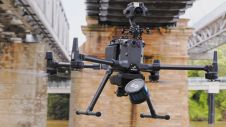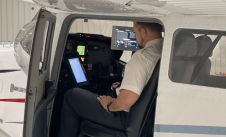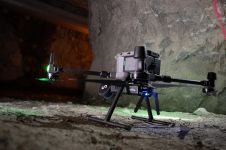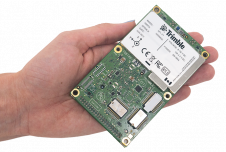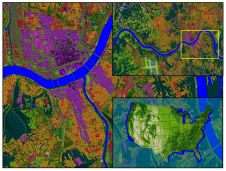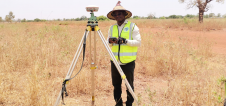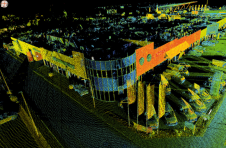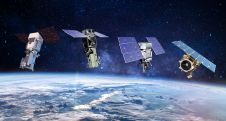European Consortium Demonstrates Highly Accurate Automotive Positioning Solution
The Horizon 2020-funded PRoPART project successfully tested a Galileo-based positioning solution enhanced with Real Time Kinematic (RTK) technique for automated trucks and advanced driver assistance systems at the AstaZero Proving Ground in Sandhult, near Borås, Sweden, at the end of November. Combining Galileo’s differentiators with other positioning and sensor technologies, the solution offers reliable cm-level accuracy using correction data from reference stations.
(This news article contains a video)
Autonomous vehicles/trucks and advanced driver assistance systems need robust and precise positioning to enhance safety and efficiency and enable reliable operations. This is especially important in the early transition phase when not all vehicles will be automated.
PRoPART has achieved this goal by exploiting the distinguishing features of Galileo in combination with other positioning sensors and technologies, which it shares usingV2X technology。在专业的创新解决方案ject has the potential to be a game changer for autonomous transport in the future.
Game changer
The solution was demonstrated in a recreated highway situation, with a connected autonomous truck and two unconnected manned cars. As part of the test, a Scania self-driving truck executed a safe and efficient lane change managed by the PRoPART system, relying on centimetre-level positioning combined with collaborative perception sensor data.
“Galileois a key component of the PRoPART platform, and contributes to maintaining the integrity of the information which is essential,” said GSA head of market development Fiammetta Diani.
PRoPART is an important project, in the sense that it delivers robust positioning and timing for future autonomous road transport that fulfils the various needs of vehicle OEMs. It uses object detection sensors as well as PVT information from the GNSS engine along with similar information from roadside detection units. This allows it to remotely sense non-connected vehicles, offering a reliable solution for the transition period when both automated and non-automated vehicles will be using the roads.
A truly European venture
The project combines RTK positioning software from Waysure (Sweden) with satellite measurements, in particular advanced and wide band Galileo signals for improved accuracy and enabled with authentication, as developed by Fraunhofer IIS (Germany). The satellite positioning is augmented with an Ultra-Wideband (UWB) ranging solution from Spanish research institution Ceit-IK4.
The self-driving truck was supplied by Scania, with Hungary-based V2X companyCommsigniaproviding the C-ITS technology. Baselabs from Germany provided fusion of sensor data from on-board and road-side sensors and developed a situational assessment for the automated lane change manoeuvre. The project was coordinated by the Research Institute of Sweden (RISE) and received funding from the GSA under the European Union’sHorizon 2020innovation programme (grant agreement No 776307).
Make your inbox more interesting.Add some geo.
Keep abreast of news, developments and technological advancement in the geomatics industry.
Sign up for free

